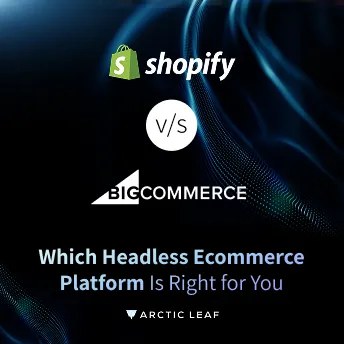What Is Headless E-commerce? Explained Simply
If you’ve heard the term “headless commerce” but are unsure what it really means, this guide will give you the essentials without the technical jargon.
What Is Headless E-commerce?
Headless e-commerce is a modern approach where your store’s frontend (what customers see) is separated from the backend (where product data, checkout logic, and operations live). Instead of one platform managing everything in one place, headless lets you choose best-in-class tools for each part of your store.
Traditional vs Headless
In a traditional platform like Shopify or Magento, the backend and frontend are tightly coupled. If you want to change how a product page looks or performs, you are limited to the built-in themes and tools.
With headless commerce, you can build a completely custom frontend using frameworks like Next.js or Nuxt, while still using Shopify or BigCommerce on the backend. APIs connect the two, passing data and powering the experience in real time.
Key Benefits
-
Complete control over your storefront’s design and speed
-
Faster performance, especially on mobile
-
Easier to support omnichannel shopping across apps, kiosks, and marketplaces
-
Freedom to integrate custom functionality and third-party tools
Is Headless Only for Large Brands?
No. While enterprise brands often adopt headless first, many fast-growing mid-market stores are going headless to stay agile and meet customer expectations.
Ready to explore the next evolution of e-commerce? Contact us today and see which path fits your growth plan.





